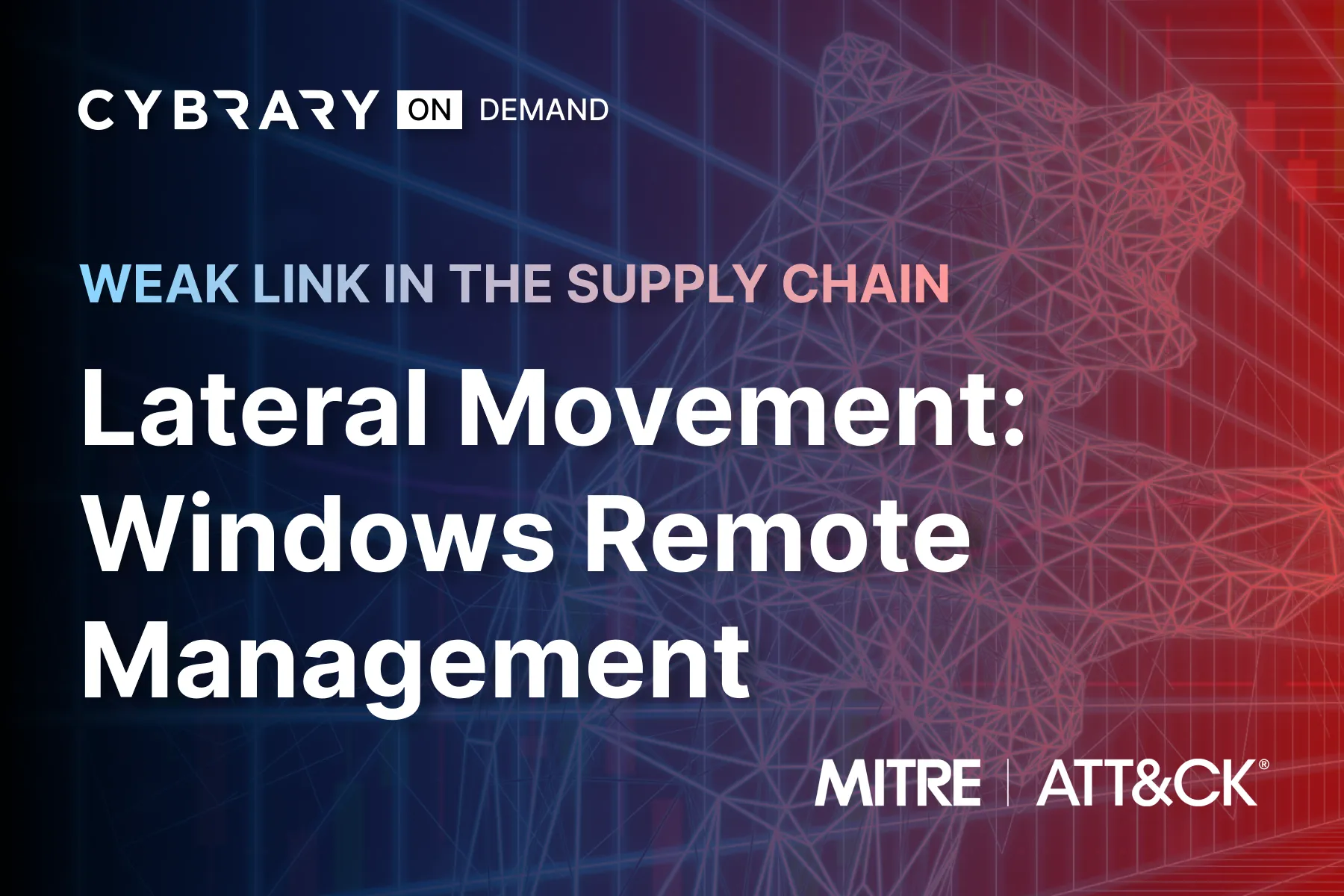Weak Link in the Supply Chain

5
H
58
m
intermediate
3100
5
1098
Campaign Outline

Compromise Software Supply Chain
Threat actors use the technique Compromise Software Supply Chain by altering software that they know their victims will use. They include a backdoor that will give them access to their victim's network once the software is installed. You will detect this technique in a virtual lab and master how to mitigate this threat.
Overview
Threat actors use the technique Compromise Software Supply Chain by altering software that they know their victims will use. They include a backdoor that will give them access to their victim's network once the software is installed. You will detect this technique in a virtual lab and master how to mitigate this threat.

Unsecured Credentials and Domain Accounts
Overview

Disable Windows Event Log and Timestomp
Sophisticated threat actors like APT29 will use the techniques Disable Windows Event Logging and Timestomp for defense evasion to prevent defenders from seeing their presence on the network. You will detect this nefarious activity in our virtual lab so you can react to advanced attackers and outsmart them.
Overview
Sophisticated threat actors like APT29 will use the techniques Disable Windows Event Logging and Timestomp for defense evasion to prevent defenders from seeing their presence on the network. You will detect this nefarious activity in our virtual lab so you can react to advanced attackers and outsmart them.

Lateral Movement: Windows Remote Management
Overview




